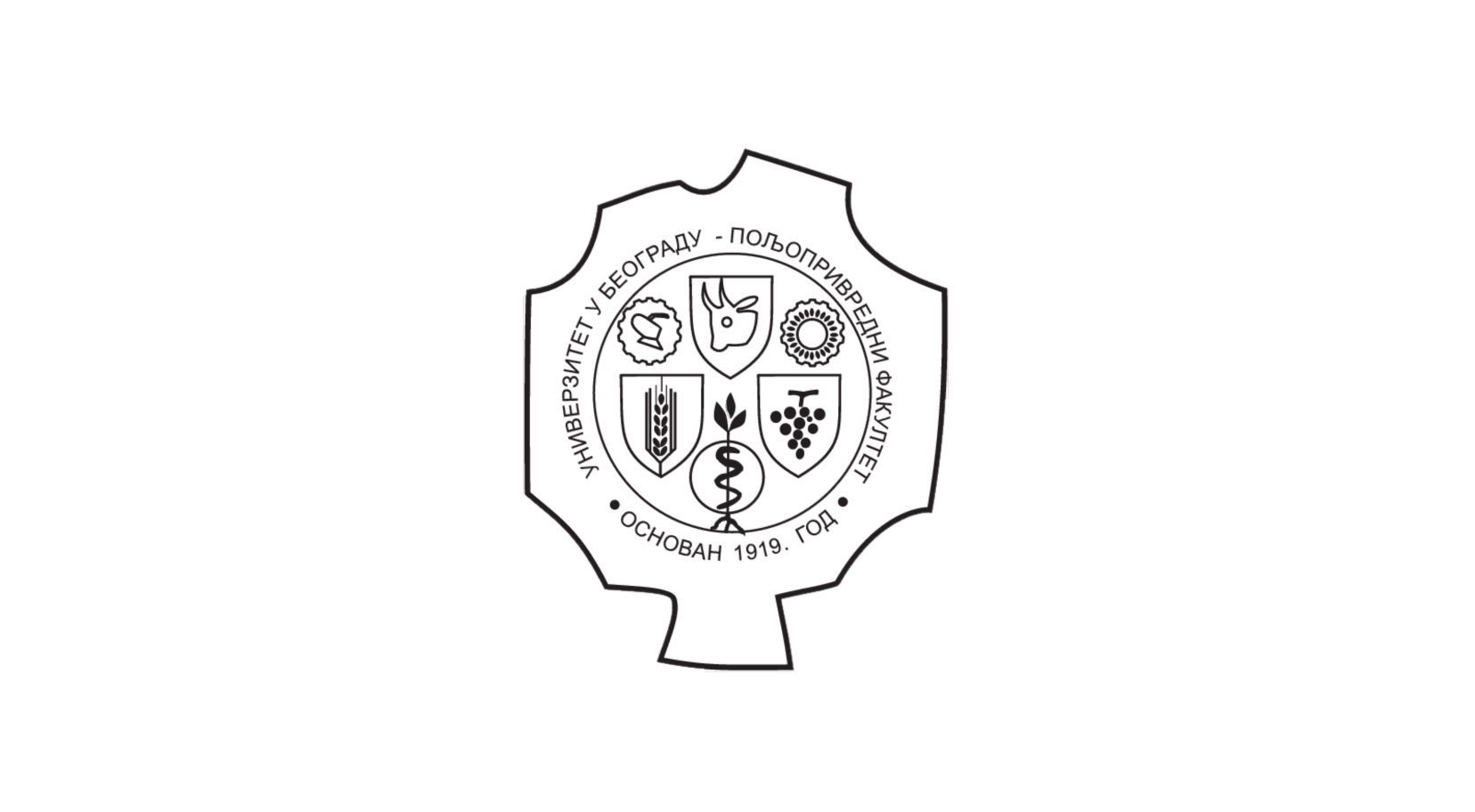Приказ основних података о документу
Pulsed UV light as an intervention strategy against Listeria monocytogenes and Escherichia coli O157:H7 on the surface of a meat slicing knife
| dc.creator | Rajković, Andreja | |
| dc.creator | Tomašević, Igor | |
| dc.creator | Šmigić, Nada | |
| dc.creator | Uyttendaele, Mieke | |
| dc.creator | Radovanović, Radomir | |
| dc.creator | Devlieghere, Frank | |
| dc.date.accessioned | 2020-12-17T19:51:02Z | |
| dc.date.available | 2020-12-17T19:51:02Z | |
| dc.date.issued | 2010 | |
| dc.identifier.issn | 0260-8774 | |
| dc.identifier.uri | http://aspace.agrif.bg.ac.rs/handle/123456789/2322 | |
| dc.description.abstract | The main objective of this work was to explore the applicability of the Intense Light Pulses (ILP) for decontamination of a stainless steel meat contact surface, exemplified by a slicing knife, as a function of time between contamination and decontamination, number of light pulses applied, and the prior contact with different meat matrices. Listeria monocytogenes and Escherichia coli O157:H7 were chosen as the challenge microorganisms. The ILP system was a laboratory-scale four-lamp batch system generating 3 J/cm(2) with an input voltage of 3000 V. The results obtained demonstrate successful application of ILP treatment for reduction of L monocytogenes and E. coli O157:H7 on a surface of stainless steel slicing knife. The inactivation effectiveness depended on the type of meat product that was in the contact with the treated surface and on the time between the contamination and the ILP treatment. Statistical analysis showed the significant interaction between the time and type of meat product on the effectiveness of ILP treatment. The highest effectiveness of the ILP (the complete inactivation of 6.5 log CFU/side of knife) was obtained when the knife surface was in contact with the products containing lower fat and protein content and when it was treated with pulsed light as fast as possible after the contamination (within 60 s). The decontamination efficacy of ILP treatment could not be improved by multiple light pulses if lost due to the extended time between the moment of contamination and ILP treatment. Results showed that the suggested approach can be very effective as an intervention strategy along meat processing lines preventing cross-contamination between the equipment and the final product. | en |
| dc.publisher | Elsevier Sci Ltd, Oxford | |
| dc.relation | European CommissionEuropean CommissionEuropean Commission Joint Research Centre [FOOD-CT-2005-007081] | |
| dc.relation | BASILEUS PROJECT-EM ECW programme | |
| dc.rights | restrictedAccess | |
| dc.source | Journal of Food Engineering | |
| dc.subject | Intense pulsed light | en |
| dc.subject | Escherichia coli O157:H7 | en |
| dc.subject | Listeria monocytogenes | en |
| dc.subject | Surface | en |
| dc.subject | Decontamination | en |
| dc.subject | Meat | en |
| dc.title | Pulsed UV light as an intervention strategy against Listeria monocytogenes and Escherichia coli O157:H7 on the surface of a meat slicing knife | en |
| dc.type | article | |
| dc.rights.license | ARR | |
| dc.citation.epage | 451 | |
| dc.citation.issue | 3 | |
| dc.citation.other | 100(3): 446-451 | |
| dc.citation.rank | M21 | |
| dc.citation.spage | 446 | |
| dc.citation.volume | 100 | |
| dc.identifier.doi | 10.1016/j.jfoodeng.2010.04.029 | |
| dc.identifier.scopus | 2-s2.0-77953650672 | |
| dc.identifier.wos | 000280119500008 | |
| dc.type.version | publishedVersion |


